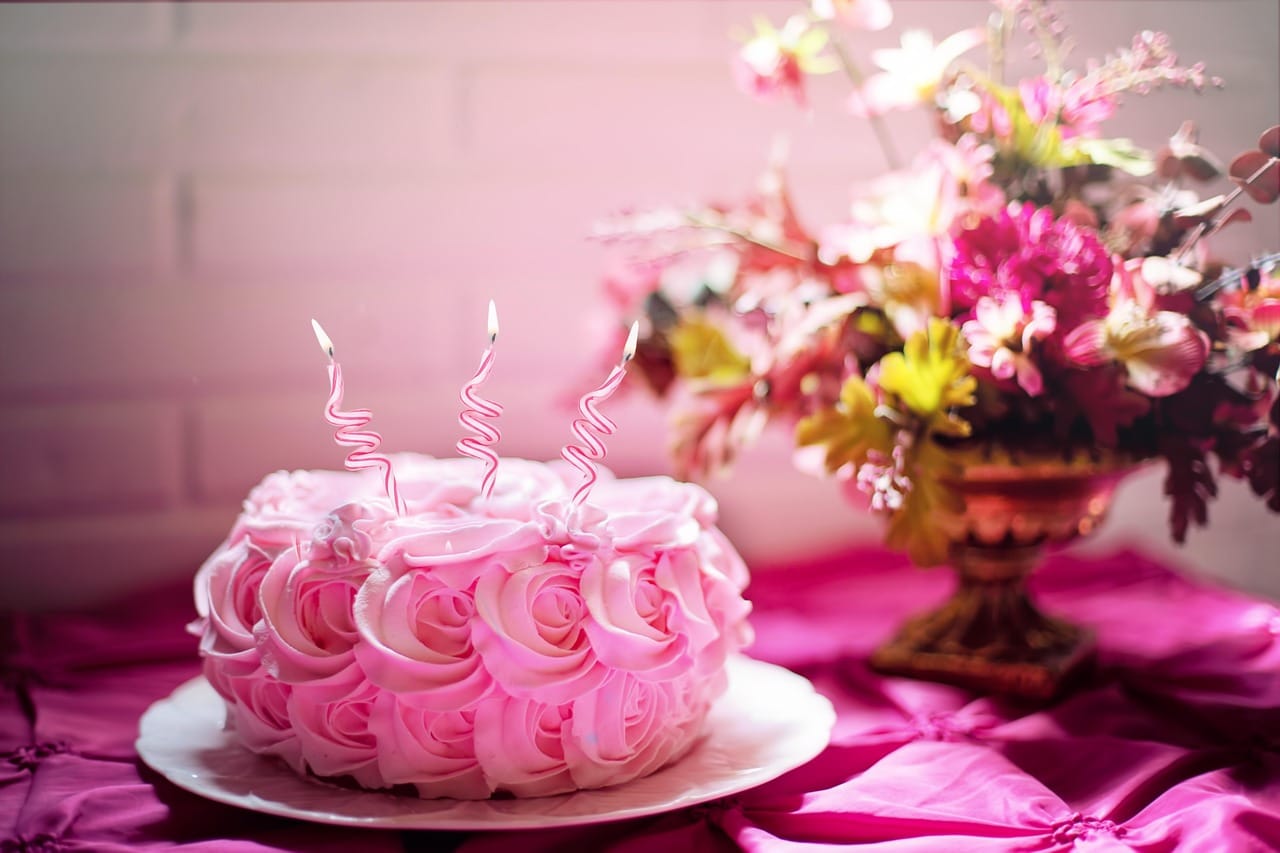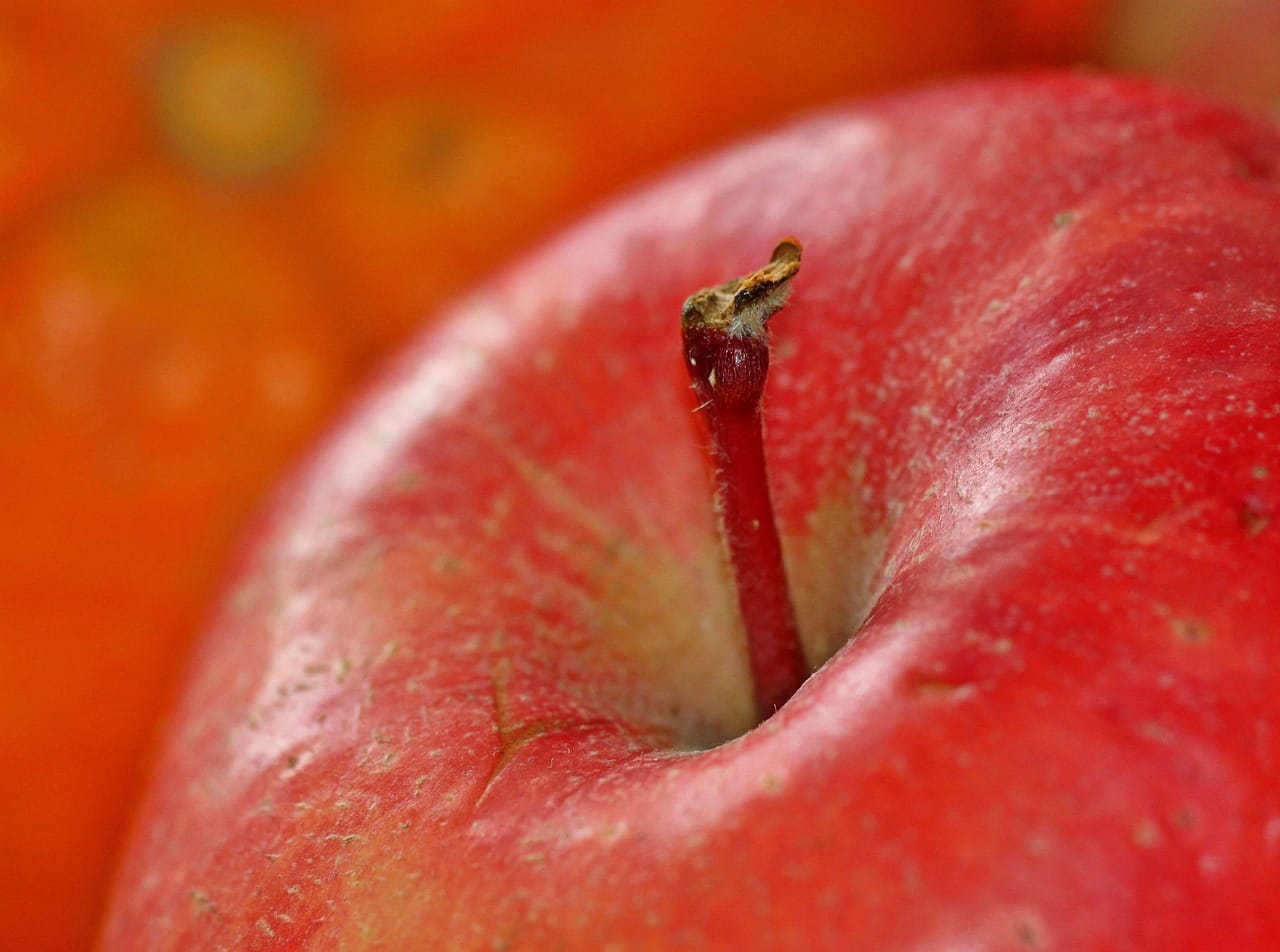The delicate crumb, airy texture, and subtle sweetness of sponge cake have captivated bakers and dessert lovers for centuries. From elegant afternoon teas to festive celebrations, this versatile cake serves as the perfect base for countless culinary creations. But what makes sponge cake so special, and how can you master the art of baking it to perfection? Let’s dive into the fascinating world of sponge cake and explore its secrets.
What is Sponge Cake?
Sponge cake is a type of cake renowned for its light and airy texture, achieved through the incorporation of a significant amount of air into the batter. Unlike heavier cakes that rely on fats like butter for richness and moisture, sponge cakes primarily use eggs as their primary leavening agent. This results in a cake that is lower in fat and boasts a delicate flavor, making it ideal for soaking up syrups, layering with creams, and showcasing fresh fruits.
Key Characteristics of Sponge Cake
- Light and Airy Texture: The defining feature of sponge cake, achieved through whisking air into eggs.
- Delicate Flavor: A subtle sweetness that allows other flavors to shine.
- Versatile Base: Perfect for soaking, layering, and decorating.
- Lower Fat Content: Compared to butter cakes, sponge cakes are generally lighter.
- Relatively Simple Ingredients: Typically made with eggs, sugar, flour, and sometimes a liquid.
Common Variations
While the fundamental principles remain the same, various types of sponge cakes exist, each with unique characteristics:
- Genoise: A European sponge cake, often incorporating melted butter for added richness and moisture. It can be tricky to make, because deflating the batter is easily done.
- Angel Food Cake: Made with only egg whites, resulting in an incredibly light and pure white cake. It must be baked in a tube pan.
- Chiffon Cake: Combines elements of sponge and oil cakes, utilizing both egg whites and oil for a moist and flavorful result. It is another type of cake that requires a tube pan.
- Ladyfingers: Small, finger-shaped sponge cakes often used in tiramisu and other desserts.
- Victoria Sponge: A classic British sponge cake, typically filled with jam and whipped cream. A popular cake for afternoon tea.
The Science Behind the Sponge
Understanding the science behind sponge cake is crucial for achieving consistent and desirable results. The success of sponge cake lies in the air trapped within the egg structure.
The Role of Eggs
Eggs are the star of the show in sponge cake. They perform several critical functions:
- Leavening: Beaten eggs incorporate air, which expands during baking, giving the cake its rise. The air cells provide structure when the heat sets the proteins in the egg.
- Structure: Egg proteins coagulate during baking, providing the cake with its structural integrity.
- Emulsification: Egg yolks contain emulsifiers that help to blend the wet and dry ingredients.
Importance of Proper Beating Technique
The way you beat the eggs is paramount to a successful sponge cake:
- Egg Whites: When whipping egg whites, gradually add sugar to stabilize the foam. Aim for stiff peaks that hold their shape. Over-whipping can result in a dry cake, while under-whipping will prevent sufficient rise.
- Whole Eggs: When using whole eggs, whisk them with sugar until pale and thick. This can take several minutes with an electric mixer. The mixture should ribbon when dropped from the whisk.
- Gentle Folding: Once the eggs are whipped, gently fold in the dry ingredients to avoid deflating the batter. Use a spatula and cut and fold, being careful not to overmix.
Gluten Development
Minimize gluten development to maintain the tender crumb of a sponge cake:
- Use Cake Flour: Cake flour has a lower protein content than all-purpose flour, resulting in a more delicate texture.
- Avoid Overmixing: Overmixing develops gluten, leading to a tough cake.
Tips for Baking Perfect Sponge Cake
Baking a flawless sponge cake requires attention to detail and precise techniques. Here are some tips to ensure success:
Ingredients and Preparation
- Use Fresh Ingredients: Fresh eggs will whip up better and contribute to a superior flavor.
- Room Temperature Ingredients: Allowing ingredients to come to room temperature helps them to emulsify properly.
- Preheat Oven Accurately: Accurate oven temperature is crucial for even baking and proper rise.
- Grease and Flour Pan: Prevent the cake from sticking by greasing and flouring the baking pan. Alternatively, use parchment paper to line the bottom of the pan.
Baking Techniques
- Bake at the Right Temperature: Sponge cakes typically bake at a moderate temperature (around 325-350°F or 160-175°C).
- Avoid Opening the Oven Door: Opening the oven door prematurely can cause the cake to collapse.
- Check for Doneness: Insert a toothpick into the center of the cake. If it comes out clean, the cake is done. A slight spring-back when lightly touched is another sign.
Cooling and Storage
- Cool Upside Down (for some types): Invert the cake pan immediately after removing from the oven (especially for Angel Food and Chiffon). This helps maintain volume.
- Cool Completely: Allow the cake to cool completely before frosting or slicing.
- Store Properly: Store sponge cake in an airtight container to prevent it from drying out.
Delicious Sponge Cake Recipes
Here are some simple but delicious recipes to get you started.
Classic Vanilla Sponge Cake
This simple recipe is a great starting point for mastering sponge cake.
Ingredients:
- 6 large eggs, separated
- 1 cup granulated sugar, divided
- 1 cup cake flour, sifted
- 1 teaspoon vanilla extract
- 1/4 teaspoon salt
Instructions:
Chocolate Sponge Cake
A delightful twist on the classic.
Ingredients:
- Same as Vanilla Sponge Cake, plus:
- 1/4 cup unsweetened cocoa powder, sifted with the cake flour
Instructions:
Conclusion
Mastering the art of sponge cake baking opens a world of possibilities in the kitchen. By understanding the science behind the ingredients and following the tips outlined in this guide, you can consistently create light, airy, and delicious sponge cakes that are perfect for any occasion. Whether you’re a seasoned baker or a beginner, the joy of baking a perfect sponge cake is within your reach. So, grab your whisk, preheat your oven, and embark on this delightful culinary adventure!




